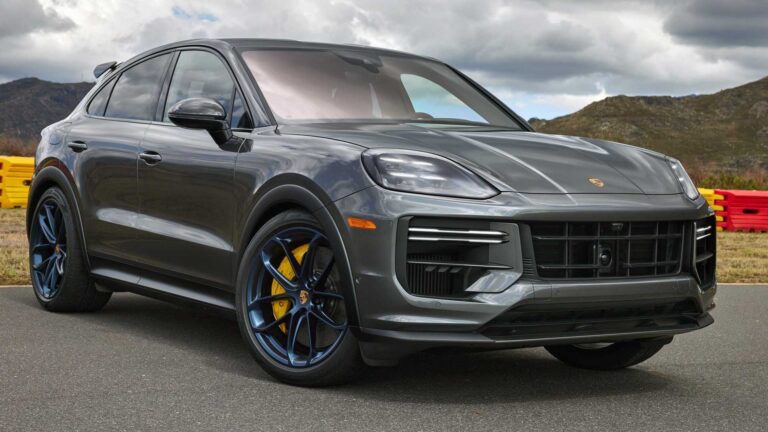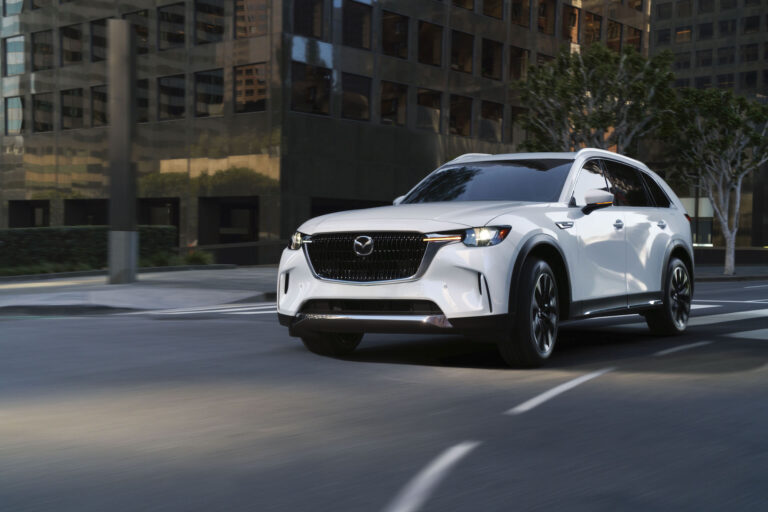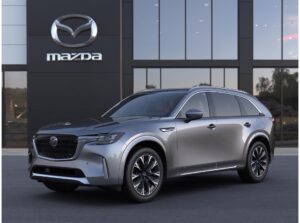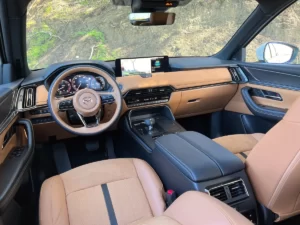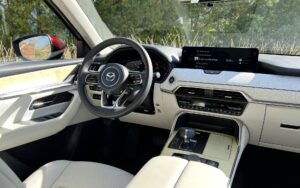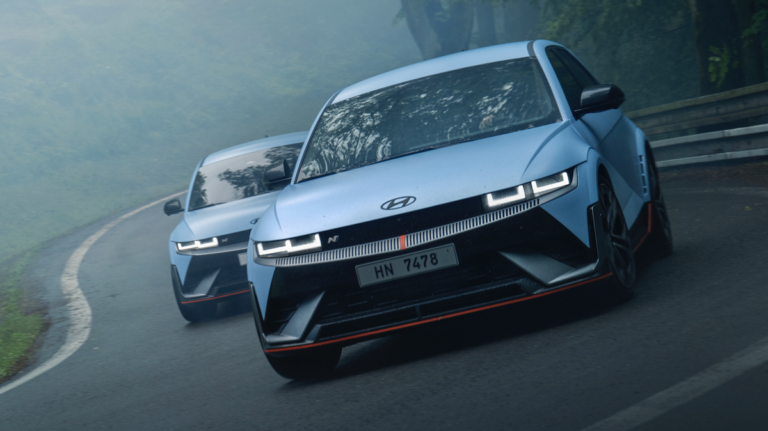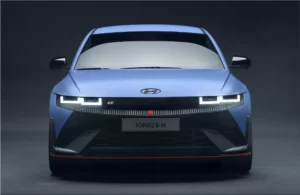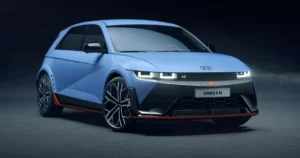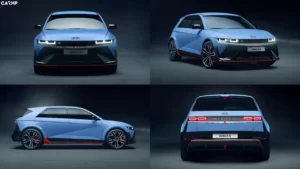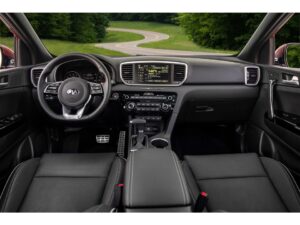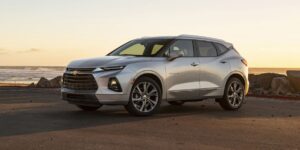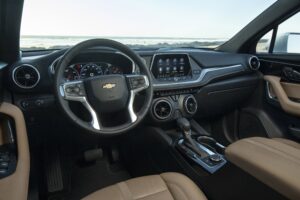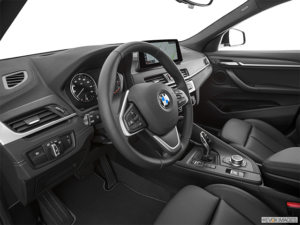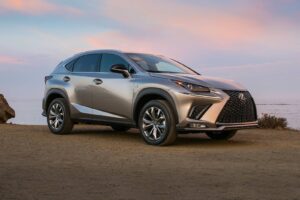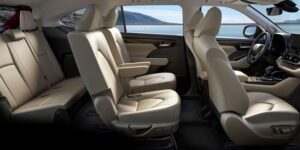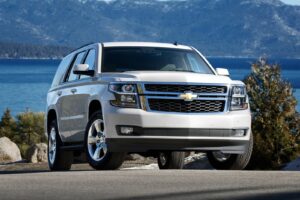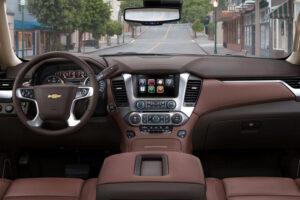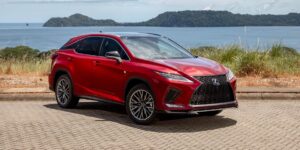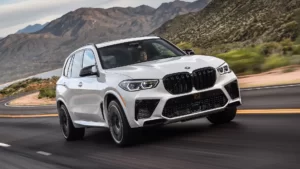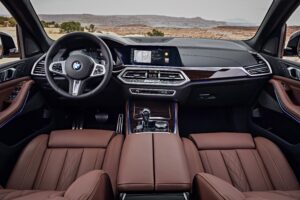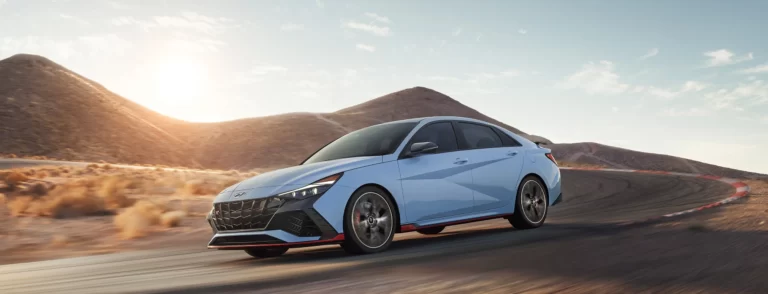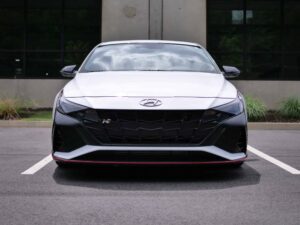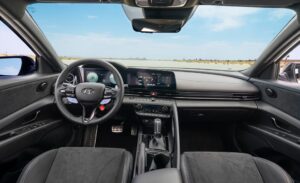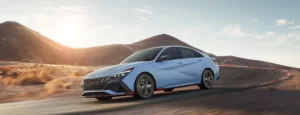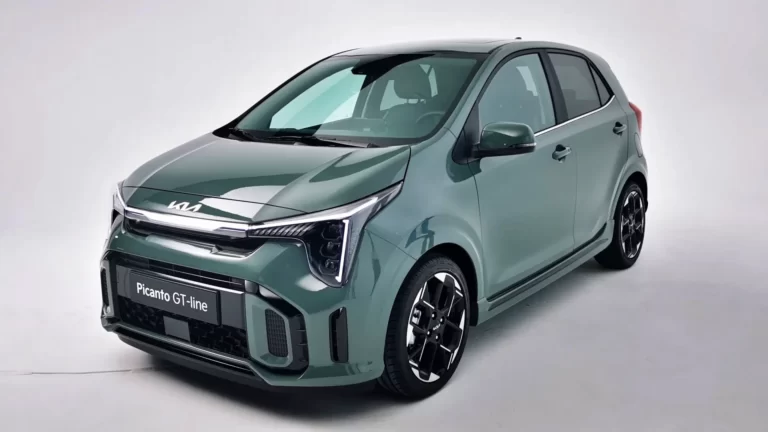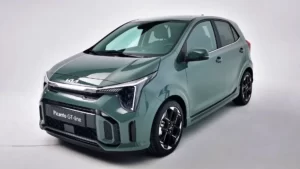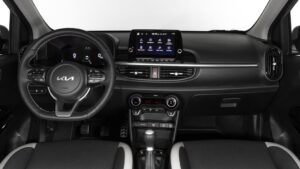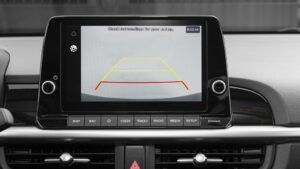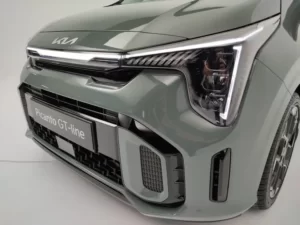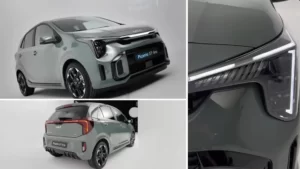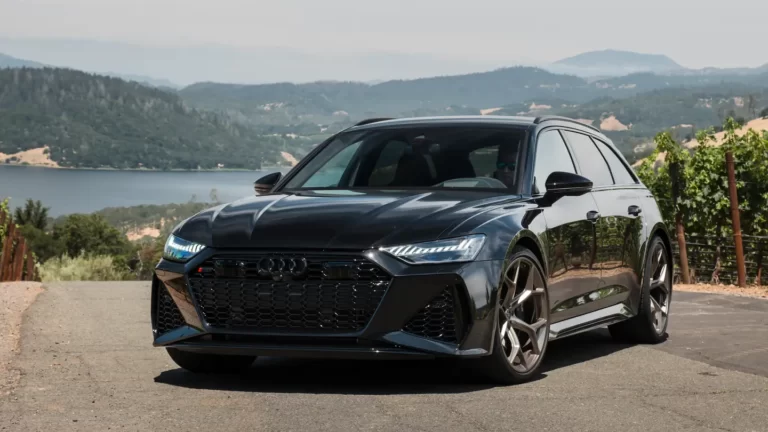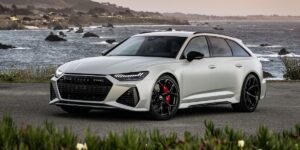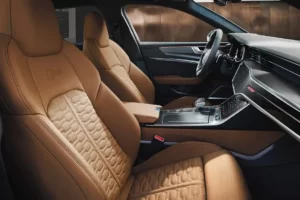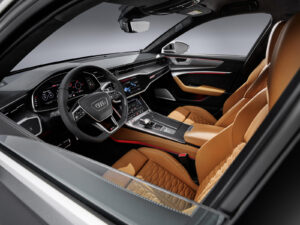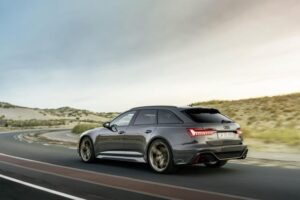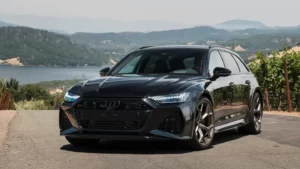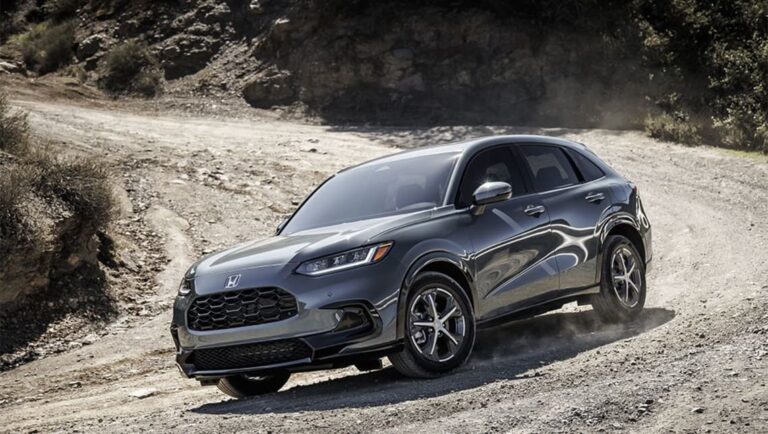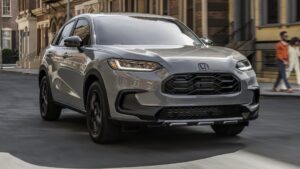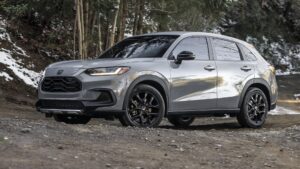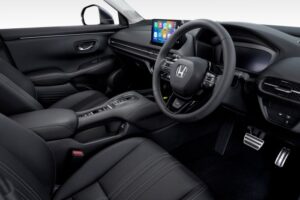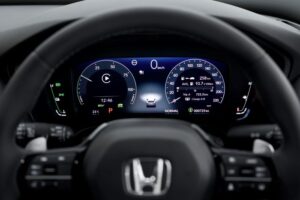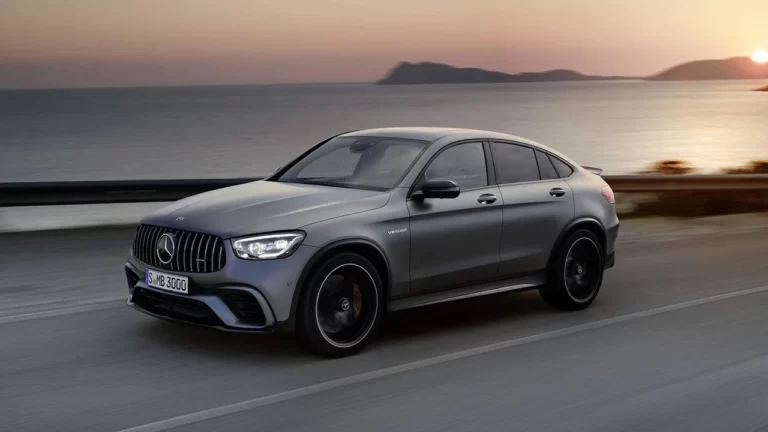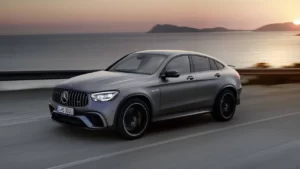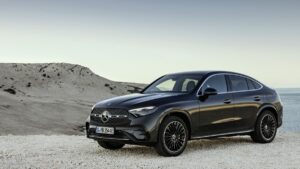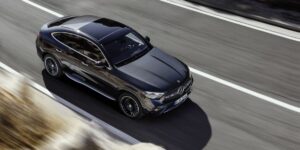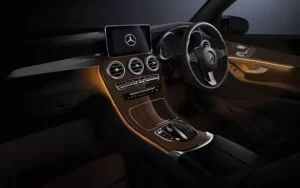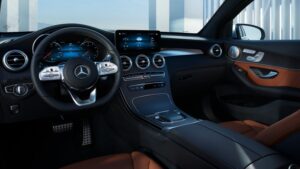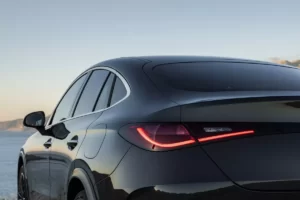What’s the best way to buy a new Porsche? Normally, we’d tell you a GTS model is the way to go. This acronym stands for Grand Touring Sport and is typically applied to versions that blend strong feature-to-dollar value and outrageous performance. But these desirable vehicles tend to live in the mid to upper tiers of their respective trim ranges, carrying eye-watering price tags to match their status as the “just right” model. In the case of the Porsche Macan, the GTS variant is the very top model and starts around $88,000. The company’s solution to this “problem” attempts to add a new sweet spot in the form of the 2024 Porsche Macan T near the bottom of the trim range.
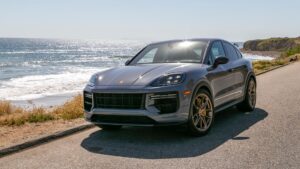
In keeping with the German automaker’s lingo, “T” stands for “Touring” and was traditionally reserved for lightweight models with some extra performance equipment thrown in for good measure. So for the first time ever, there’s a Macan T, meaning it sits between the base and S models in terms of price and equipment.
What Makes The Porsche Macan T Stand Out?
The 2024 Porsche Macan T comes equipped with the same engine as the base-model Macan, a turbocharged 2.0-liter inline-four that peaks with 261 hp and 295 lb-ft of torque. The standard inclusion of Porsche’s Sport Chrono package adds a dash-mounted chronograph and a drive-mode dial on the steering wheel. This thumb knob also has a push-to-pass button that deploys what Porsche calls Sport Response, enabling a 20-second stint of maximum performance. Hitting this button for an overtake or an especially spirited sprint down a canyon road injects a little more excitement into the Macan T’s driving experience. Sport Chrono also bundles in active driveline mounts, which significantly improve acceleration and perceived chassis rigidity.
Other trim-specific enhancements are primarily cosmetic upgrades. New Macan T models come standard with 20-inch wheels and gloss-black exterior touches. Inside, you find heated eight-way adjustable front sport seats, silver contrast stitching, and standard striped inserts for the cloth seats. Coated in Porsche’s Papaya Metallic paint, our test car looked more like a hopped-up hot hatch than an SUV.
How Does The Macan T Drive?
Looks aside, our 2024 Porsche Macan T test car exhibited all of the hallmarks for which the marque is known. Its firm, superbly accurate steering makes the Macan T easy to wheel around town. On the highway, the compact SUV tracks precisely, responding immediately to steering inputs. We took this car on a road trip from Los Angeles to San Jose, California, and back again, and guiding the Porsche through the mountains and hills that served as end caps to our route was a joy.

The optional adaptive air suspension adjusts ride height depending on velocity and drive mode, to deliver superb ride comfort and chassis composition. The Macan T soaked up and dismissed pavement imperfections during our road trip while maintaining stability at highway speeds. When it came time to hunker down for curvy stretches, the sporty SUV proved to be tossable and surefooted thanks in part to its standard “Porsche Torque Vectoring Plus,” which combines an electronic limited-slip differential with braking of the inside rear wheel to route more power to the wheel on the outside and improve cornering.
Is The Macan T Even Better On The Track?
We wish we could say the 2024 Porsche Macan T is the ultimate all-around Porsche SUV for street and track use, but it let us down at the limit in a few areas. The Macan T certainly offers all the great handling and poise we’ve come to expect from Porsche vehicles over the years, but its seven-speed dual-clutch automatic transmission repeatedly upshifted at 5,000 rpm during the corner-exit phase of our usual figure-eight test. And yes, this happened even when the gearbox was set to the manual-shift setting. Meanwhile, the turbo-four makes peak power at its 6,800-rpm redline, so the resulting power delivery felt snubbed in our at-limit testing.
The Macan T has many other great characteristics, however, even if the transmission tuning isn’t ideal during the most hardcore scenarios. The seven-speed auto was quick and decisive during normal road driving, and Porsche’s steering-wheel-mounted shift paddles provide satisfying clicks when depressed.
We also accomplished better straight-line acceleration than Porsche states in its official specs; the company claims the Macan T accelerates from 0 to 60 mph in 5.8 seconds, but we achieved a time of 5.3 seconds at the track. In our closed-course evaluations, we loved the small SUV’s brake tuning; the pedal feel was excellent, and stops were short and consistent. The ABS is non-intrusive, and the Macan tracks straight under heavy braking.
Overall, the Macan T is a delight to drive in most circumstances. Few small luxury SUVs come close in terms of handling, chassis neutrality, and overall tuning. If Porsche bumped up the four-cylinder engine’s output just a smidge and allowed the transmission to work the power plant all the way to redline on technical road courses, this would be the perfect sporty daily driver.
How Easy Is Living With The Macan T?
Spaciousness has never been the Macan’s strong suit. The cockpit-like cabin contributes to the small SUV’s driver-focused character, but rear-seat space isn’t much better than that of a compact hatchback. Cargo volume is down on rivals, but there’s more than enough room for the suitcases required for a four-person weekend road trip. We particularly liked our test car’s ability to “kneel” during loading and unloading, thanks to the automatic air suspension.
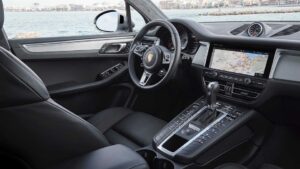
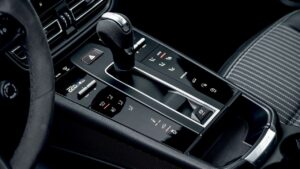

The 10.9-inch infotainment touchscreen displays crisp graphics and a user-friendly operating system. Apple CarPlay is standard, but Porsche doesn’t offer Android Auto. The three-pod instrument cluster has a small display in the rightmost circle, which shows the Macan’s age as a result of its pixelated app pages.
Porsche has long been notorious for its stinginess with active safety equipment, but Macan T buyers—like buyers of all Macan models—benefit from quite a few included goodies. Adaptive cruise control, lane keep assist, and parking sensors are standard on all Macans. In fact, Porsche only recently made these features standard, but a 360-degree camera is still reserved as an option.
Should I Buy A Macan T?
The 2024 Porsche Macan T is positioned as a sporty yet value-oriented trim within the SUV’s range, but it carries a startling base price of $68,150. With all options factored in, our test car stickered for $75,770. A BMW X3 M40i, which starts around $62,000 and comes equipped with a much more powerful engine and handles nearly as well as the Porsche, is a compelling alternative. Still, the Macan T undercuts its more powerful sibling, the Macan S, by about $6,000.
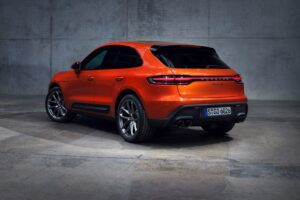
In other words, if a Porsche SUV is a must for you, the Macan T will deliver an authentic and satisfying driving experience, but we recommend ticking the boxes that make our favourite Porsches drive as well as they do. That means optioning the adaptive air suspension with Porsche Active Stability Management for $1,390, as well as adding Porsche Torque Vectoring Plus for $1,500. Essentially, the Macan T you probably actually want is going to cost at least $71,040.
Ultimately, Porsche accomplished its goal of creating a more attainable sweet spot, one that undercuts the Macan GTS by about $20,000. We miss the more powerful model’s gobsmacking twin-turbo V-6, but the Macan T is every bit the sporty SUV it promises to be.
Source: Motortrend



